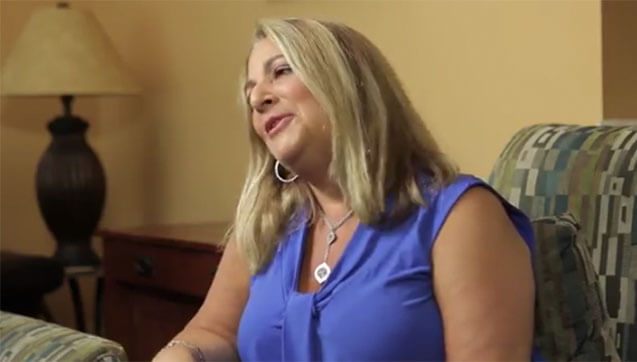What Is A Bulging/Herniated Disc?
The term “bulging disc” is one of many terms used to describe the degree or extent of a herniated disc of the spine. The disc is a soft cushion between your vertebrae called an intervertebral disc. With age, you can strain your disc through injury or improper posture, which can weaken the disc’s integrity, causing it to lose its shape and bulge into the spinal canal. This bulging disc can push out and apply pressure to the spinal cord and spinal nerves, leading to painful symptoms including numbness, weakness, tingling and burning — or you may not have any symptoms at all.
A herniated or bulging disc is the beginning cause of many other diagnosed conditions of the spine such as foraminal or spinal stenosis (narrowing of the spinal canal), sciatica, or radiculopathy. These conditions are all related to the space inside the spinal canal becoming narrow due to spinal arthritis, bone spurs, or disc herniated thus putting pressure on the spinal cord or nerves.
Jump To:
- What Causes A Bulging/Herniated Disc?
- Additional Causes Of Bulging/Herniated Disc
- Recovery
- Bulging/Herniated Disc Symptoms
- What Are The Diagnosis and Treatment Options For A Bulging/Herniated Disc in Central New Jersey?
What Causes A Bulging/Herniated Disc?
Once a spinal disc has been traumatized via an injury to your neck or back the disc can begin a degenerative cascade where the outer part of the disc, annulus fibrosis begins to crack and weaken. The pressure from working, standing and everyday force we apply on our disc can cause the inner part of your disc, called the nucleus pulposus to bulge or herniate through the weakened annulus. Sometimes a bulging disc never becomes symptomatic and many people live with them daily. However, if the annulus continues to degenerate and crack the bulging disc can herniate, protrude, extrude or even in worst cases sequester.
Additional Causes Of Bulging/Herniated Disc
Age
As we grow older, age-related changes occur to our spine. Many people grow old with no spinal pain or problems. However, many people suffer daily with pain due to degenerative changes in the disc and spinal column. A bulging disc in an older person has chemical alterations to the integrity and cushioning of the disc and it losses moisture and begins to weaken the tough outer annulus fibrosis much like a dry fragile sponge. As a result, disc may bulge or herniate and the disc can lose height effecting the vertebrae and facets causing other spinal issues. The ligaments supporting the vertebrae and spinal column can weaken as well, increasing the likelihood of a bulging disc.
Occupational Hazard
Jobs that require heavy labor, repetitive movement, intense back supported lifting and poor back or lifting posture can lead to unwanted strains and weakening of the spinal disc and spinal column. The accumulative daily effect on the spine in poor work conditions can result in a degenerative effect on the spine and expose the worker to the possible bulging/herniated disc.
Traumatic Injury
These types of injuries could happened from a car accident, a heavy lifting strain, contact from physical sports or exercise. The repetitive motion or insult to the injury or poor exercise motion incorrectly, can start a degenerative disc cascade that can lead to a bulging disc. The blunt force from these injuries can cause symptomatic trauma to you back or neck.
Poor And Unhealthy Posture
Bulging disc can also result from poor maintenance and awareness of your back or neck posture while resting, working or even playing. When you don’t think to protect against poor lifting and posture habits while at work, home or play you can expose yourself to unwanted strains that can directly weaken you spinal disc or add to age related degenerative disc problems. A good example of poor posture is lifting mainly with your low back instead of keeping your back straight and using your legs to lift safely.
Family Genetics
Unfortunately for some people they are genetically predetermined to develop degenerative disc or weak spinal disc. The inherited risks for degenerative disc disease makes a person a high risk for a bulging/herniated disc as well as multiple level disc disease.









